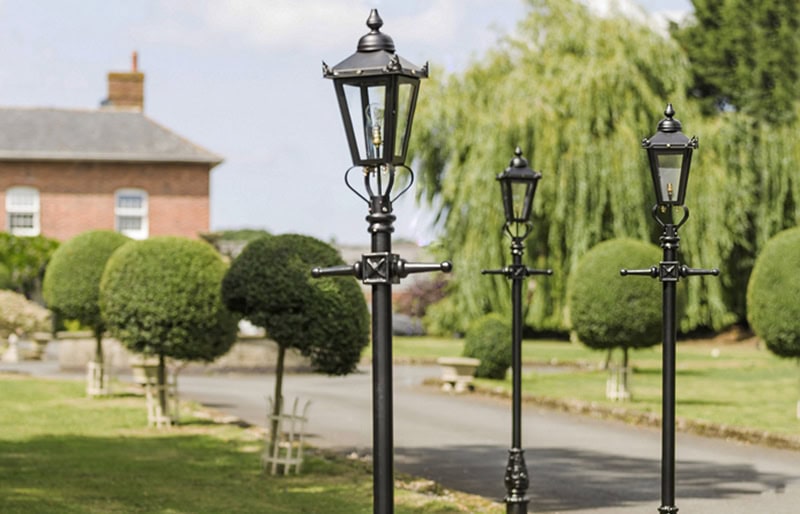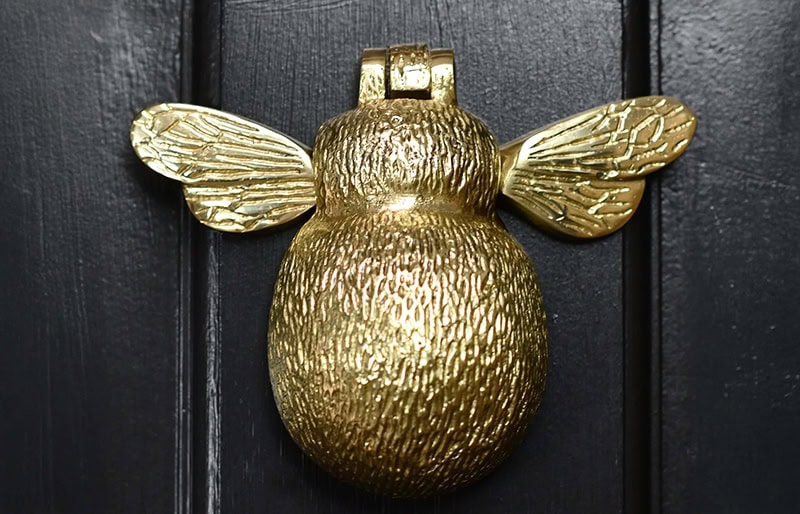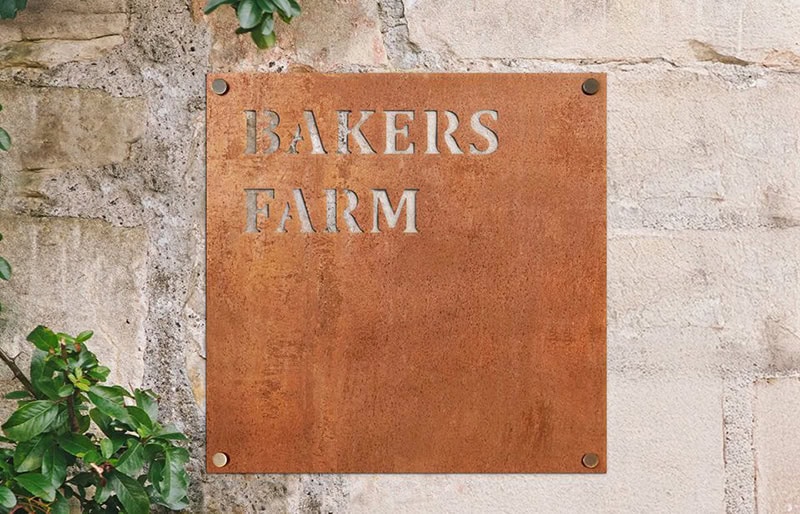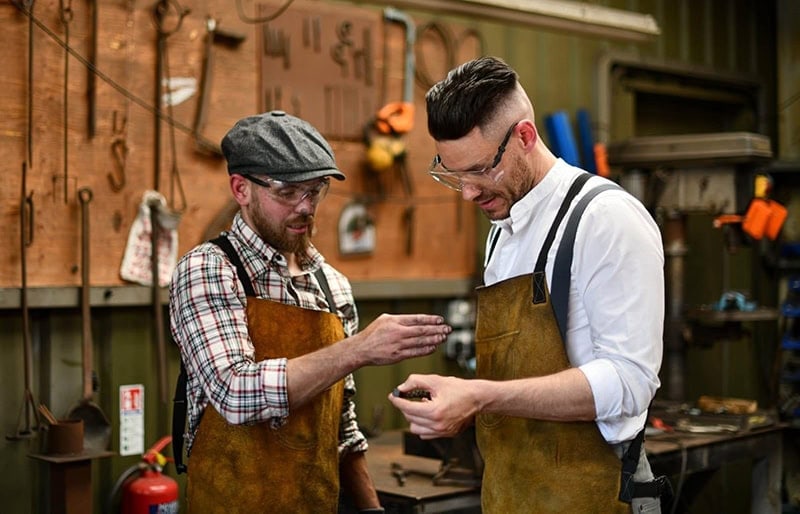
The first sundial dates back to around 1500BC and was used throughout the Egyptian period as a decorative way to tell the time of day. Despite this, it was the ancient Greeks some 3,000 years ago with their advanced technology in iron making and their knowledge of geometry and mathematics that advanced metal sundial designs. The ancient Greeks are responsible for developing many of the principles and forms we recognise in the modern garden sundials of today.
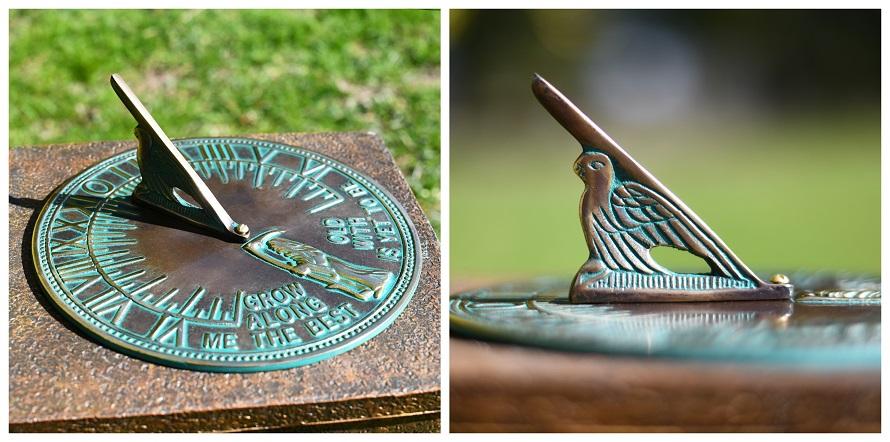
Moreover, the custom of measuring time by shadows persisted from ancient times right through to the invention of the mechanical clock in more industrial times. As such, the sundial is now considered to be the first scientific time-telling instrument, making it possible for us to visualise our four-dimensional world.
As the earth turns on its centre axis from west to east, the sun appears to move across our skies. The shadows that are cast by the sun move in a clockwise direction for objects within the Northern Hemisphere. After this discovery, people were able to make sundials that kept time more accurately and, hence, the angle of the gnomon or indicator was invented to coincide with the tilt of the earth.
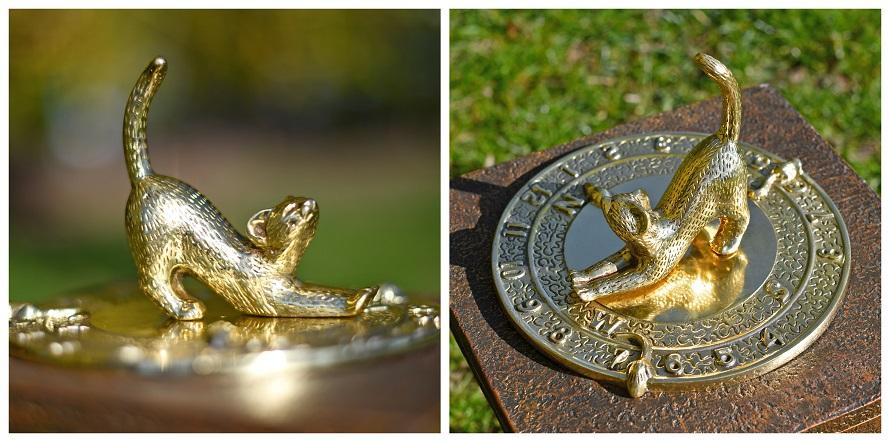
Our sundials are second to none when it comes to quality and affordability. We have a vast and varied array of designs for you to choose from with varying sizes to suit every garden style. When looking at the individual pieces, you will see that the detail and craftsmanship is of a truly superior quality. All of our sundials are made from solid brass and are available in a number of finishes, including bright chrome, verdigris, antique brass and polished brass. View the full collection here



